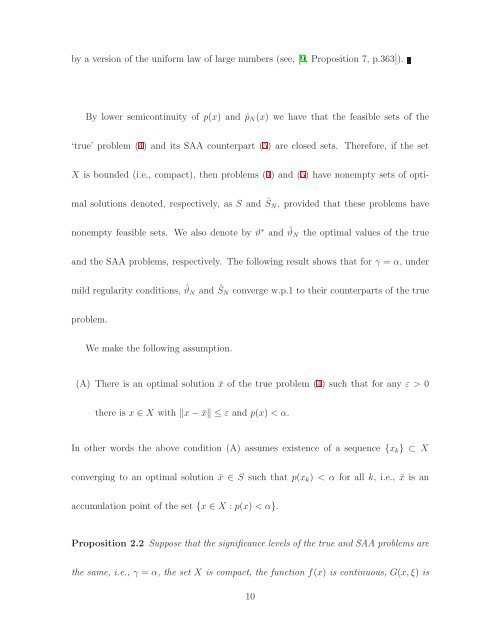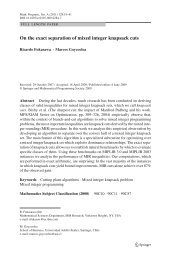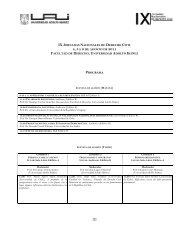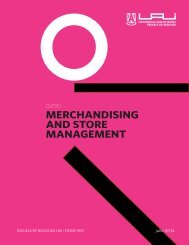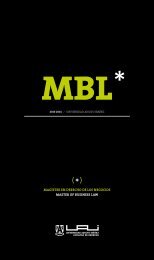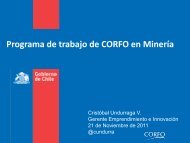Sample Average Approximation Method for Chance Constrained ...
Sample Average Approximation Method for Chance Constrained ...
Sample Average Approximation Method for Chance Constrained ...
- No tags were found...
Create successful ePaper yourself
Turn your PDF publications into a flip-book with our unique Google optimized e-Paper software.
y a version of the uni<strong>for</strong>m law of large numbers (see, [9, Proposition 7, p.363]).By lower semicontinuity of p(x) and ˆp N (x) we have that the feasible sets of the‘true’ problem (4) and its SAA counterpart (5) are closed sets. There<strong>for</strong>e, if the setX is bounded (i.e., compact), then problems (4) and (5) have nonempty sets of optimalsolutions denoted, respectively, as S and ŜN, provided that these problems havenonempty feasible sets. We also denote by ϑ ∗ and ˆϑ N the optimal values of the trueand the SAA problems, respectively. The following result shows that <strong>for</strong> γ = α, undermild regularity conditions, ˆϑ N and ŜN converge w.p.1 to their counterparts of the trueproblem.We make the following assumption.(A) There is an optimal solution ¯x of the true problem (4) such that <strong>for</strong> any ε > 0there is x ∈ X with ‖x − ¯x‖ ≤ ε and p(x) < α.In other words the above condition (A) assumes existence of a sequence {x k } ⊂ Xconverging to an optimal solution ¯x ∈ S such that p(x k ) < α <strong>for</strong> all k, i.e., ¯x is anaccumulation point of the set {x ∈ X : p(x) < α}.Proposition 2.2 Suppose that the significance levels of the true and SAA problems arethe same, i.e., γ = α, the set X is compact, the function f(x) is continuous, G(x, ξ) is10


